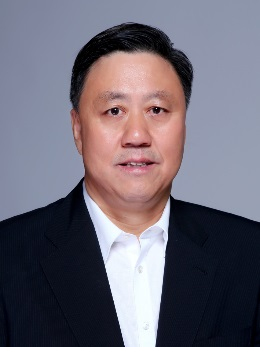
- Organization:
Institute of Chemistry, Chinese Academy of Sciences
- Email:
jbli@iccas.ac.cn
- Lab Website:
- Research Interest:
Nanostructured and functional materials, molecular assembly of biomimetic systems.
Prof. Junbai Li has long been engaged in the research of colloid and interface science. He successfully applied the basic concepts and laws of colloid and interface science to the life system, achieving a series of research results. Through precise regulation of the interaction between biological interfaces and molecules, he established a research platform for the assembly and disassembly of short peptide molecules; developed new methods for multidimensional assembly; constructed complex assembly systems with the structure and function of chloroplasts and mitochondria, and systematically established assembly chemical methods with synergistic effects of multiple components. He broke through the traditional research strategy of colloid and interface science, which focuses on traditional surfactants and single structures such as vesicles, micelles, and aggregates. Particularly, due to the establishment of these new assembly methods and achievements in the synergistic assembly of two or more active proteins, he has had a significant impact in the field of colloid and interface science both at home and abroad. In 2016 and 2017, he received the Elsevier JCIS-DARSH WASAN International Award for Outstanding Achievements in Surface and Colloid Chemistry, and the Colloid and Surface Chemistry Lectureship Award from the Japanese Chemical Society, respectively. His works have been positively reviewed by Science, Nature, and their sister journals. He has been invited by Wiley to write 1 monograph and has edited 3 monographs.He has delivered 20 plenary reports, 70 invited keynote speeches at domestic and international academic conferences, served as the chairperson of 6 international academic conferences, and the chairperson of 2 Xiangshan Conferences.

